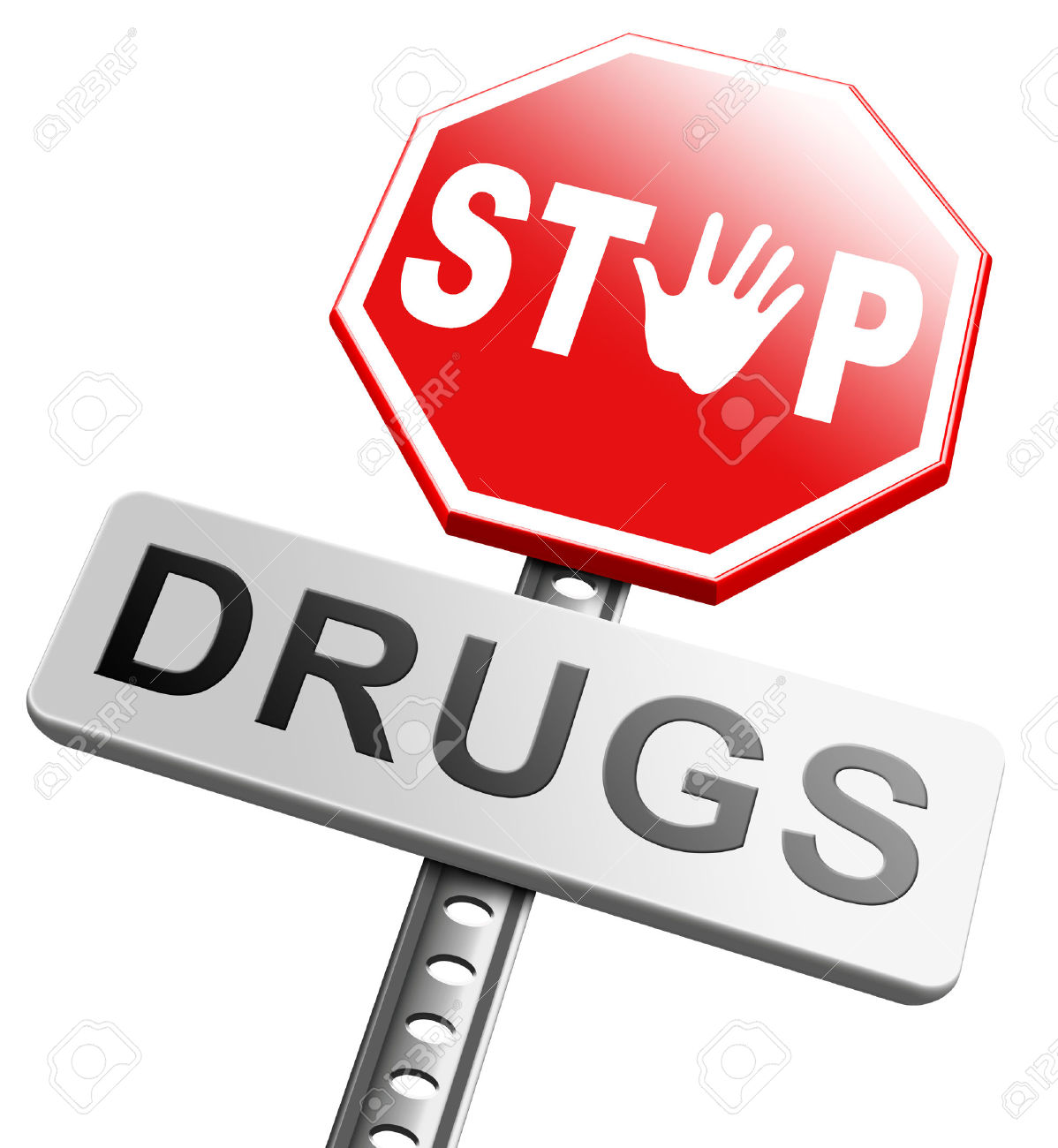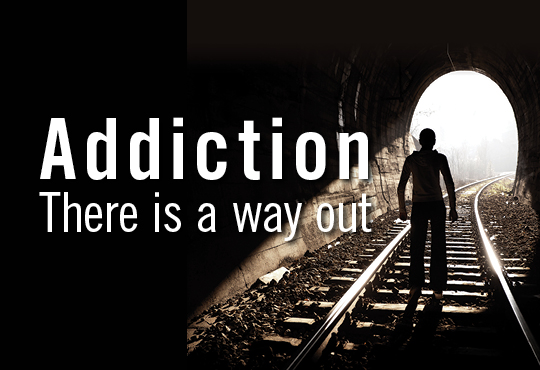Disturbing heroin addiction realities

Disturbing heroin addiction realities requires all of us embrace healthy lifestyle for the whole family
Disturbing heroin addiction realities: Understanding the drug as it is
Having discussed the question how do I know if I have a heroin problem in the previous article, we want to take time and discuss the remaining three in this article to appreciate the effects of heroin addiction and treatment. Again we are going to be relying on the expert opinions from AWAREmed Health and Wellness Resource Center under the able leadership of doctor Dalal Akoury’s care. Dr. Akoury is also the founder of the facility and has been in the medical practice for well over two decades making her to be one of the most experienced medical doctors when it comes to drug addiction and other areas of concern.
- How Do I Know if I Have a Heroin Problem?
- What is Heroin and how is it Used?
- Effects of Heroin Use
- Treatment for Heroin and Opiate Addiction
What is heroin and how is it used?
Heroin is an illegal, semi-synthetic drug processed from morphine, a substance extracted from the opium poppy. It is used as a recreational drug for the intense feelings of relaxation and euphoria it induces. Heroin is typically sold as a white or brownish powder or as a black, sticky substance known as “black tar heroin.” Most street heroin is “cut” with other drugs or with substances such as sugar or starch. Heroin can also be cut with poisons like strychnine.
Heroin is usually dissolved and injected, or the powder is snorted or smoked. All forms of heroin are psychologically and physically addictive, and a tolerance to the drug builds quickly. IV or intramuscular heroin use poses special problems because of the potential for transmitting infectious diseases. Over the past decade, researchers have observed a shift in heroin use patterns, from injection to snorting and smoking. With this shift comes an even more diverse group of users.
Disturbing heroin addiction realities: Effects of heroin use
Short-Term Effects: Soon after administration, heroin crosses the blood-brain barrier. Users report feelings a surge of intense pleasure (a “rush”). This is usually accompanied by a warm flushing of the skin, dry mouth, and a heavy feeling in the extremities. Nausea, vomiting, and severe itching may also occur. After the initial effects, the heroin user will typically be drowsy for several hours. Mental function is clouded by heroin’s effect on the central nervous system. Cardiac function slows. Breathing also slows sometimes to the point of death. The following are some of the short term heroin effects:
- Euphoria
- Depressed respiration
- Flushed skin
- Clouded mental functioning/sedation
- Nausea and vomiting
- Suppression of pain
- Infectious diseases
Long-Term Effects: One of the most harmful long-term effects of heroin abuse is addiction itself. Addiction is a chronic disease, characterized by compulsive drug seeking and use despite negative consequences, and by changes in the brain. Heroin also produces profound degrees of tolerance and physical dependence, which contributes heavily to abuse. Painful withdrawal symptoms occur if use is reduced abruptly. The following are some of the long term effects of heroin:
- Addiction
- Problems with the heart, liver and kidneys
- Overdose Risk
- Infectious diseases, for example, HIV/AIDS and hepatitis
- Collapsed veins
- Abscesses (at injection sites)
- Arthritis and other rheumatological problems
- Infection of heart lining and valves
- Depressed lung function
We will be discussing the last bit of treatment in the next posting and you don’t want to miss that. In the meantime, you can schedule for an appointment with doctor Akoury should you have any concern about this discussion or any relating to any kind of addiction.
Disturbing heroin addiction realities: Understanding the drug as it is



 Pain management
Pain management Platelet Rich Plasma
Platelet Rich Plasma





 There are certain phenomena in the
There are certain phenomena in the  Exit strategy from opioid therapy
Exit strategy from opioid therapy







 All these channels when applied should be used alongside other remedies but not as an only way of intrusion. These remedies should be considered by patients as another potential means to address their infirmity. A combination of intrusions will give the best results when it comes to combating addictions.
All these channels when applied should be used alongside other remedies but not as an only way of intrusion. These remedies should be considered by patients as another potential means to address their infirmity. A combination of intrusions will give the best results when it comes to combating addictions.






